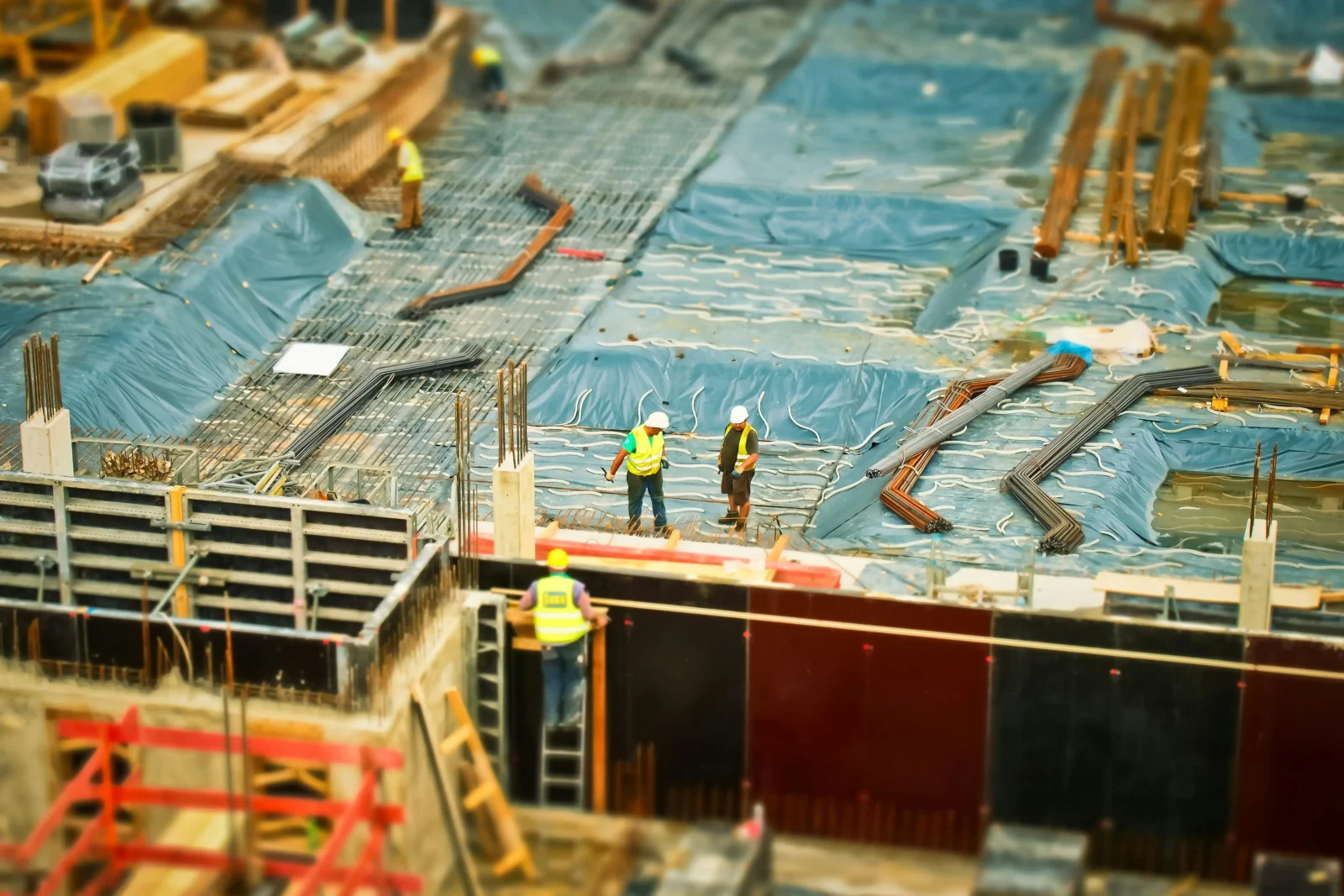- Home
- Articles
- Architectural Portfolio
- Architectral Presentation
- Inspirational Stories
- Architecture News
- Visualization
- BIM Industry
- Facade Design
- Parametric Design
- Career
- Landscape Architecture
- Construction
- Artificial Intelligence
- Sketching
- Design Softwares
- Diagrams
- Writing
- Architectural Tips
- Sustainability
- Courses
- Concept
- Technology
- History & Heritage
- Future of Architecture
- Guides & How-To
- Art & Culture
- Projects
- Interior Design
- Competitions
- Jobs
- Store
- Tools
- More
- Home
- Articles
- Architectural Portfolio
- Architectral Presentation
- Inspirational Stories
- Architecture News
- Visualization
- BIM Industry
- Facade Design
- Parametric Design
- Career
- Landscape Architecture
- Construction
- Artificial Intelligence
- Sketching
- Design Softwares
- Diagrams
- Writing
- Architectural Tips
- Sustainability
- Courses
- Concept
- Technology
- History & Heritage
- Future of Architecture
- Guides & How-To
- Art & Culture
- Projects
- Interior Design
- Competitions
- Jobs
- Store
- Tools
- More

The construction industry is a significant contributor to global greenhouse gas emissions, accounting for approximately 39% of energy-related carbon dioxide emissions. As the world seeks to reduce its carbon footprint and combat climate change, rethinking building materials has become an important consideration for architects, designers, and builders. The traditional materials used in construction, such as concrete, steel, and brick, are often energy-intensive and have a significant carbon footprint. In recent years, there has been a growing trend towards more sustainable and recyclable building materials.

One such material is cross-laminated timber (CLT), a wood product that is used as an alternative to concrete and steel in building construction. CLT is made by layering wood panels in alternating directions and then gluing them together under pressure. The resulting product is strong, lightweight, and fire-resistant. CLT is also a sustainable material, as it is made from renewable wood resources and has a lower carbon footprint than traditional building materials.
Another example of a sustainable building material is rammed earth, which is a traditional building technique that involves compressing a mixture of earth, gravel, and other natural materials into forms to create solid walls. Rammed earth buildings have a high thermal mass, meaning they can absorb and retain heat, which can help to regulate indoor temperature and reduce the need for artificial heating and cooling systems. Rammed earth is also a durable and long-lasting material that requires minimal maintenance.

Concequently, recycled materials are also being used more frequently in building construction. For example, recycled steel and concrete can be used in construction, reducing the environmental impact of these materials by diverting them from landfills. In addition, recycled plastic is being used to create materials such as roofing tiles and insulation.
Sustainable and Recyclable Materials in Construction
Rethinking building materials has the potential to significantly reduce the environmental impact of the construction industry. Sustainable materials such as CLT and rammed earth can help to reduce the carbon footprint of buildings, while recycled materials can help to reduce waste and conserve natural resources. Additionally, these materials can be used to create aesthetically pleasing and functional buildings that are in harmony with the natural environment.

Rethinking building materials is an important consideration for architects, designers, and builders as the world seeks to reduce its carbon footprint and combat climate change. Sustainable materials such as CLT, rycled paper, and rammed earth, as well as recycled materials, can be used to create functional and aesthetically pleasing buildings that are environmentally friendly and in harmony with the natural world. By incorporating these materials into building design, we can create a more sustainable and resilient built environment for future generations.
Importance of Rethinking Materials
Rethinking building materials is of paramount importance for the construction industry and architecture for several reasons:
- Reducing the carbon footprint: The construction industry is a significant contributor to global greenhouse gas emissions. By rethinking building materials, we can reduce the carbon footprint of buildings and help mitigate the impact of climate change.
- Conserving natural resources: Traditional building materials, such as concrete and steel, require significant amounts of energy to produce and are not renewable. By using sustainable and recyclable materials, we can conserve natural resources and reduce waste.
- Promoting sustainable design: Sustainable building materials promote sustainable design practices. By using materials that are environmentally friendly, architects and designers can create buildings that are in harmony with the natural environment and have a positive impact on the surrounding community.

- Encouraging innovation: Rethinking building materials encourages innovation in the construction industry. New materials and construction techniques can help to create more energy-efficient, durable, and aesthetically pleasing buildings.
- Enhancing building performance: Sustainable building materials can also enhance building performance. For example, materials such as rammed earth and CLT have high thermal mass, which can help to regulate indoor temperature and reduce the need for artificial heating and cooling systems.
As a result, rethinking building materials is crucial for the construction industry and architecture as it promotes sustainability, conserves natural resources, encourages innovation, and enhances building performance. By using sustainable and recyclable materials, architects and designers can create buildings that are not only environmentally friendly but also functional, aesthetically pleasing, and in harmony with the natural world.

Submit your architectural projects
Follow these steps for submission your project. Submission FormLatest Posts
What are the Benefits of Compact Pile Driving Tools
A small crew walks a narrow right of way between trees and...
How to Choose the Right HVAC Installation Service
A quiet mechanical system starts with sound choices before any equipment arrives....
10 German Kitchen Ideas to Inspire a Sleek and Functional Modern Home
German kitchens are renowned worldwide for their innovative designs, exceptional quality, and...
Gift Ideas for Architects and Designers: Useful, Beautiful Picks They’ll Actually Love
Gift ideas for architects and designers: curated, use-in-studio picks by budget and...












Leave a comment